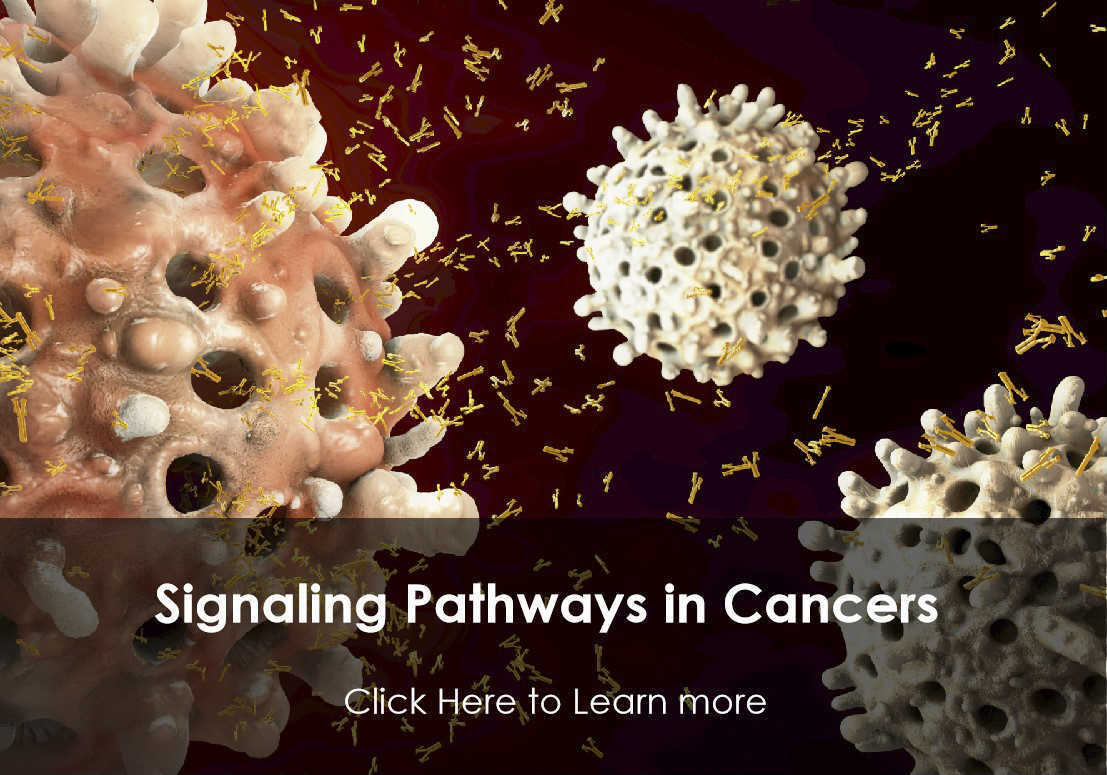FLRT2
This gene encodes a member of the fibronectin leucine rich transmembrane (FLRT) family of cell adhesion molecules, which regulate early embryonic vascular and neural development. The encoded type I transmembrane protein has an extracellular region consisting of an N-terminal leucine-rich repeat domain and a type 3 fibronectin domain, followed by a transmembrane domain and a short C-terminal cytoplasmic tail domain. It functions as both a homophilic cell adhesion molecule and a heterophilic chemorepellent through its interaction with members of the uncoordinated-5 receptor family. Proteolytic removal of the extracellular region controls the migration of neurons in the developing cortex. Alternative splicing results in multiple transcript variants.
Full Name
Fibronectin Leucine Rich Transmembrane Protein 2
Function
Functions in cell-cell adhesion, cell migration and axon guidance. Mediates cell-cell adhesion via its interactions with ADGRL3 and probably also other latrophilins that are expressed at the surface of adjacent cells. May play a role in the migration of cortical neurons during brain development via its interaction with UNC5D. Mediates axon growth cone collapse and plays a repulsive role in neuron guidance via its interaction with UNC5D, and possibly also other UNC-5 family members. Plays a role in fibroblast growth factor-mediated signaling cascades. Required for normal organization of the cardiac basement membrane during embryogenesis, and for normal embryonic epicardium and heart morphogenesis.
Biological Process
Axon guidance Source: Ensembl
Basement membrane organization Source: UniProtKB
Cell adhesion involved in heart morphogenesis Source: UniProtKB
Fibroblast growth factor receptor signaling pathway Source: UniProtKB
Heart morphogenesis Source: UniProtKB
Positive regulation of synapse assembly Source: Ensembl
Regulation of neuron migration Source: Ensembl
Basement membrane organization Source: UniProtKB
Cell adhesion involved in heart morphogenesis Source: UniProtKB
Fibroblast growth factor receptor signaling pathway Source: UniProtKB
Heart morphogenesis Source: UniProtKB
Positive regulation of synapse assembly Source: Ensembl
Regulation of neuron migration Source: Ensembl
Cellular Location
Endoplasmic reticulum membrane; Microsome membrane; Cell membrane; Extracellular matrix; Secreted; Focal adhesion; Synaptosome. Proteolytic cleavage gives rise to a shedded ectodomain.
Topology
Extracellular: 36-541
Helical: 542-562
Cytoplasmic: 563-660
Helical: 542-562
Cytoplasmic: 563-660
PTM
N-glycosylated.
Proteolytic cleavage in the juxtamembrane region gives rise to a soluble ectodomain. Cleavage is probably effected by a metalloprotease.
Proteolytic cleavage in the juxtamembrane region gives rise to a soluble ectodomain. Cleavage is probably effected by a metalloprotease.
View more
Anti-FLRT2 antibodies
+ Filters
 Loading...
Loading...
Target: FLRT2
Host: Mouse
Antibody Isotype: IgG2b
Specificity: Human
Clone: CBXF-3341
Application*: WB
More Infomation
Hot products 
-
Mouse Anti-ARHGAP5 Recombinant Antibody (54/P190-B) (CBMAB-P0070-YC)

-
Mouse Anti-ENO1 Recombinant Antibody (CBYC-A950) (CBMAB-A4388-YC)

-
Rat Anti-CCR2 Recombinant Antibody (475301) (CBMAB-C1338-LY)

-
Mouse Anti-CEMIP Recombinant Antibody (3C12) (CBMAB-K0296-LY)

-
Mouse Anti-APOH Recombinant Antibody (4D9A4) (CBMAB-A3249-YC)

-
Mouse Anti-C1QC Recombinant Antibody (CBFYC-0600) (CBMAB-C0654-FY)

-
Mouse Anti-ADGRE5 Recombinant Antibody (V2-360335) (CBMAB-C2088-CQ)

-
Mouse Anti-AGK Recombinant Antibody (V2-258056) (CBMAB-M0989-FY)

-
Rat Anti-EMCN Recombinant Antibody (28) (CBMAB-E0280-FY)

-
Rabbit Anti-B2M Recombinant Antibody (CBYY-0059) (CBMAB-0059-YY)

-
Mouse Anti-CHRNA9 Recombinant Antibody (8E4) (CBMAB-C9161-LY)

-
Mouse Anti-CDKL5 Recombinant Antibody (CBFYC-1629) (CBMAB-C1689-FY)

-
Rat Anti-ADGRE4 Recombinant Antibody (V2-160163) (CBMAB-F0011-CQ)

-
Mouse Anti-BrdU Recombinant Antibody (IIB5) (CBMAB-1038CQ)

-
Mouse Anti-CD19 Recombinant Antibody (CBXC-1224) (CBMAB-C1491-CQ)

-
Mouse Anti-AOC3 Recombinant Antibody (CBYY-0014) (CBMAB-0014-YY)

-
Mouse Anti-CD247 Recombinant Antibody (6B10.2) (CBMAB-C1583-YY)

-
Mouse Anti-BANF1 Recombinant Antibody (3F10-4G12) (CBMAB-A0707-LY)

-
Rat Anti-(1-5)-α-L-Arabinan Recombinant Antibody (V2-501861) (CBMAB-XB0003-YC)

-
Mouse Anti-AHCYL1 Recombinant Antibody (V2-180270) (CBMAB-A1703-YC)

For Research Use Only. Not For Clinical Use.
(P): Predicted
* Abbreviations
- AActivation
- AGAgonist
- APApoptosis
- BBlocking
- BABioassay
- BIBioimaging
- CImmunohistochemistry-Frozen Sections
- CIChromatin Immunoprecipitation
- CTCytotoxicity
- CSCostimulation
- DDepletion
- DBDot Blot
- EELISA
- ECELISA(Cap)
- EDELISA(Det)
- ESELISpot
- EMElectron Microscopy
- FFlow Cytometry
- FNFunction Assay
- GSGel Supershift
- IInhibition
- IAEnzyme Immunoassay
- ICImmunocytochemistry
- IDImmunodiffusion
- IEImmunoelectrophoresis
- IFImmunofluorescence
- IGImmunochromatography
- IHImmunohistochemistry
- IMImmunomicroscopy
- IOImmunoassay
- IPImmunoprecipitation
- ISIntracellular Staining for Flow Cytometry
- LALuminex Assay
- LFLateral Flow Immunoassay
- MMicroarray
- MCMass Cytometry/CyTOF
- MDMeDIP
- MSElectrophoretic Mobility Shift Assay
- NNeutralization
- PImmunohistologyp-Paraffin Sections
- PAPeptide Array
- PEPeptide ELISA
- PLProximity Ligation Assay
- RRadioimmunoassay
- SStimulation
- SESandwich ELISA
- SHIn situ hybridization
- TCTissue Culture
- WBWestern Blot

Online Inquiry





